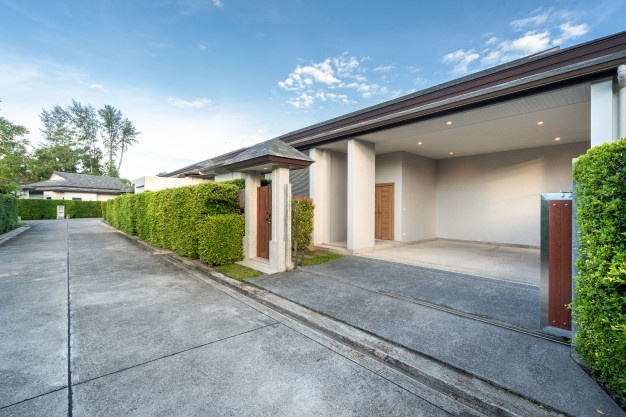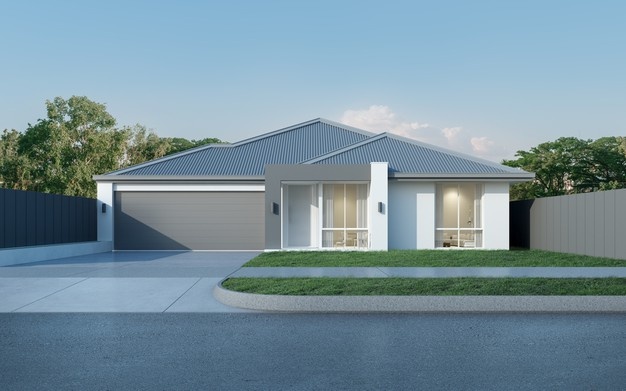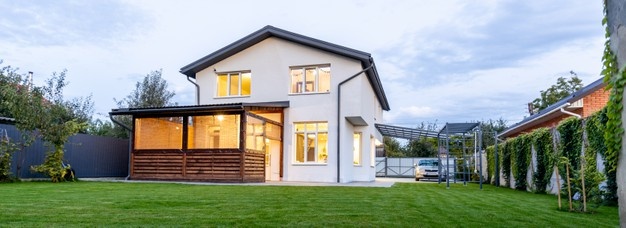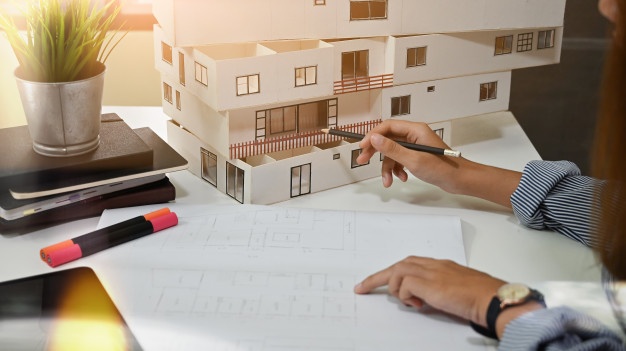Selecting an architect is one of the first steps in designing and building a bespoke house.
Working with an architect from the start provides the most value to your project and increases its chances of success. An architect may help you with the rest of the project by assisting in the creation of a design that fulfills your aims and objectives, as well as acting as your advocate (your “eyes and ears” on the job site) during construction.
But it’s not simply about choosing any architect or designer; it’s about discovering THE RIGHT architect for YOU. Many individuals mistakenly believe that all architects are the same, so they shop around and choose one solely on price. However, we are not all the same!
So, how do you go about finding YOUR architect, the one that is right for you and your project?
Here are some pointers and standards for evaluating an architect’s qualifications, design strengths and shortcomings, and communication skills.
Your objective isn’t to discover the perfect architect, but to identify the architect who is a good match for you and your project goals so that you can collaborate to create the greatest project possible.
1. Do your homework

Your house is very significant to you. You’re also making a significant financial commitment. How you spend your time, energy, and money has a big impact on who you are and how you want to live your life. So it takes time and effort to identify trustworthy partners to help you with this once-in-a-lifetime experience.
If you want to find the best professional for your needs, you should contact qualified professionals, then meet with them – in person, over the phone, or via email – whatever works best for you. Make sure to ask for references and check them, as well as review their previous projects to ensure the project style fits your needs.
2. Focus your search on projects that are a good fit for you.

And by this, I mean finding someone with comparable design approaches, basic values, or expertise to you.
Many people make the wrong decision when hiring an architect or designer.
The incorrect answer is that they are the most affordable.
Quality, professionalism, experiences, or skill are not determined by the price.
At the same time, most designers (architects, designers, and interior designers) have areas of expertise, whether it’s style, project kinds, bespoke design, performance criteria, codes, historical preservation, or service types.
Don’t work with someone just because they’re a buddy, because they’re the cheapest, or because they claim to be the greatest. Select someone who possesses the qualities that are crucial to you and your project.
3. Follow your gut instincts.

If you hire a designer or architect, you can expect them to stay in your life for a long time. You’ll be connecting with them and introducing them to your life for a long period. You’ll be talking about your goals and aspirations, your finances, how you live your life, what you want in your house, and what you like and dislike for a long time.
The more your architect understands you and your lifestyle, the more equipped they are to design a home that will enable you to live the life you desire.
If you’re having problems selecting and are hesitant to make a complete commitment, ask the architect if there is a low-risk option. A Concept Design Package, or even a smaller Feasibility Study, is a terrific low-cost commitment that not only lets you determine whether they’re a good fit but also gives vital information to get your design project off to a good start. A Feasibility Study would show you what your site could be capable of, as well as address critical concerns about prices, timelines, limits, and potential, fully preparing you for the design process.
It’s far simpler to commit to a modest introduction service like a Feasibility Study than it is to commit to the complete project, especially if you’re not sure whether they’re a good fit for you. You’ll understand their work ethics, how they communicate, and the level of service they deliver by participating in a smaller service offering at the start, which is a solid sign of how they’ll operate with you for the balance of the project.

